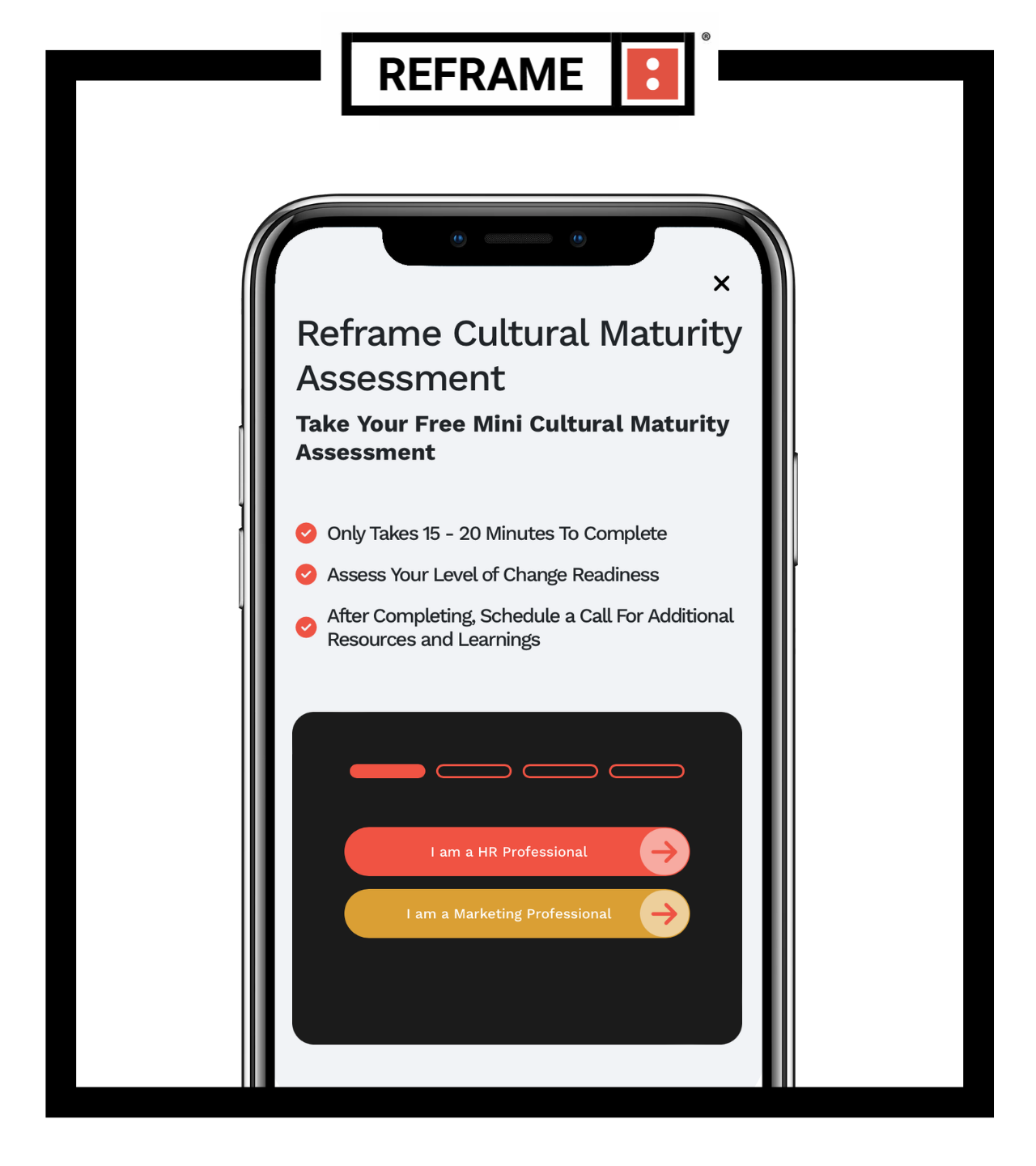Telling Stories For A Cross-Cultural Marketplace
Content marketing is the new “it” approach for connecting brands and marketers to consumers, but aside from arriving at definitions and adhering to the tenants of good storytelling, there is a under-appreciated new factor that brands must consider. The explosion of channels, social, digital and mobile in recent years has shifted attention away from really understanding who your audience is. We have a changing consumer marketplace where the minority segments are becoming the majority, and that has a profound and direct implication on how you define your audience, and in turn how you customize content for them.
This new marketplace lives in a “cross-cultural” world. Over the last three years, that new term has taken the place of “general market and multicultural” as the more inclusive way of looking at the total market. The cross-cultural point of view uses insights from both the general and multicultural markets, celebrating the similarities and as well as the differences.
It’s a shift from how the communications used to view things. We used to tell separate and discrete general market and multicultural brand stories, not realizing that this model was not keeping pace with the changing makeup of audiences.
To be successful in the new landscape, brands and marketers need to create content that is relevant to the cross-cultural marketplace. Content is indeed still king, but it’s reign must become more inclusive.
Here are four insights brands should consider for content marketing in the new marketplace:
1. There is a new marketplace. For storytellers and brands looking for audience engagement, they need to understand demographic shifts and the implications for how the story lives within the multiplicity of channels available. Just look at the how race and ethnicity looked on the 2010 Census, and now fast forward a few years. Not too long in the future, we will be a majority minority nation.
—source AdAge, 2010 America, Peter Francese
2. Consider a content strategy based on the total market.
The “total market” business segment is reflective of the new marketplace where consumers have more things in common and fewer that distinguish them.. When developing a content strategy, the total market approach demonstrates an appreciation for not only the commonalities consumers have while attending to differences in attitudes and behaviors.
3. According to Pew Research, 50% of brands distributed content across Twitter, Facebook and Instagram. Blacks and Hispanics significantly over index as Twitter and Instagram users. Will brands get it right in telling the right story across social media platforms?
Brands typically outsource their messaging and communications to agencies. In most cases, agencies are designated either as a general market or multicultural agency. Based on the data, Twitter and Instagram are popular social media channels for the multicultural audience segments.
4. As brands jump into the business of content marketing, they should consider the following 3 steps for developing and telling relevant stories:
Step 1: Understand Your “Total Market” Opportunity
Prior to developing a content strategy, marketers should evaluate the marketplace and determine their most valuable customers. A brand should make sure the ethnic audience segment is correlated to the brand’s segmentation model and then ensure that the whole organization agrees on the target. Don’t keep it a secret. Everyone within the organization needs to know who the customers really are. Unfortunately, many brands still discount the total market, and that costs them marketshare.
Step 2: The Cross-Cultural Strategy
Knowing your customer can only take you so far. After that, you have to understand that person. And that takes research. Deep, serious research. Selling to the total market depends on understanding the commonalities and differences of various audience segments. We call this cross-cultural strategy, and it improves the potential of connecting with your customers – all of them.
Step 3: Personalization
Because of technology devised like mobile phones, Big Data and databases, brands have more ways than ever to personalize their messaging and content, but effective personalization depends on understanding what is important across multiple market segments and what is relevant to a specific audience niche. With that kind of attention to audience dynamics, a brand’s content is much more likely to make a lasting impression.
Jeffrey L. Bowman is the co-founder and ceo of Reframe and former Managing Director, Senior Partner at Ogilvy & Mather.
(July 1. 2014). “Telling Stories For A Cross-Cultural Marketplace” Co.Create. Retrieved 5 October. 2015 from http://www.fastcocreate.com/1683222/telling-stories-for-a-cross-cultural-marketplace
Related Blog Articles






